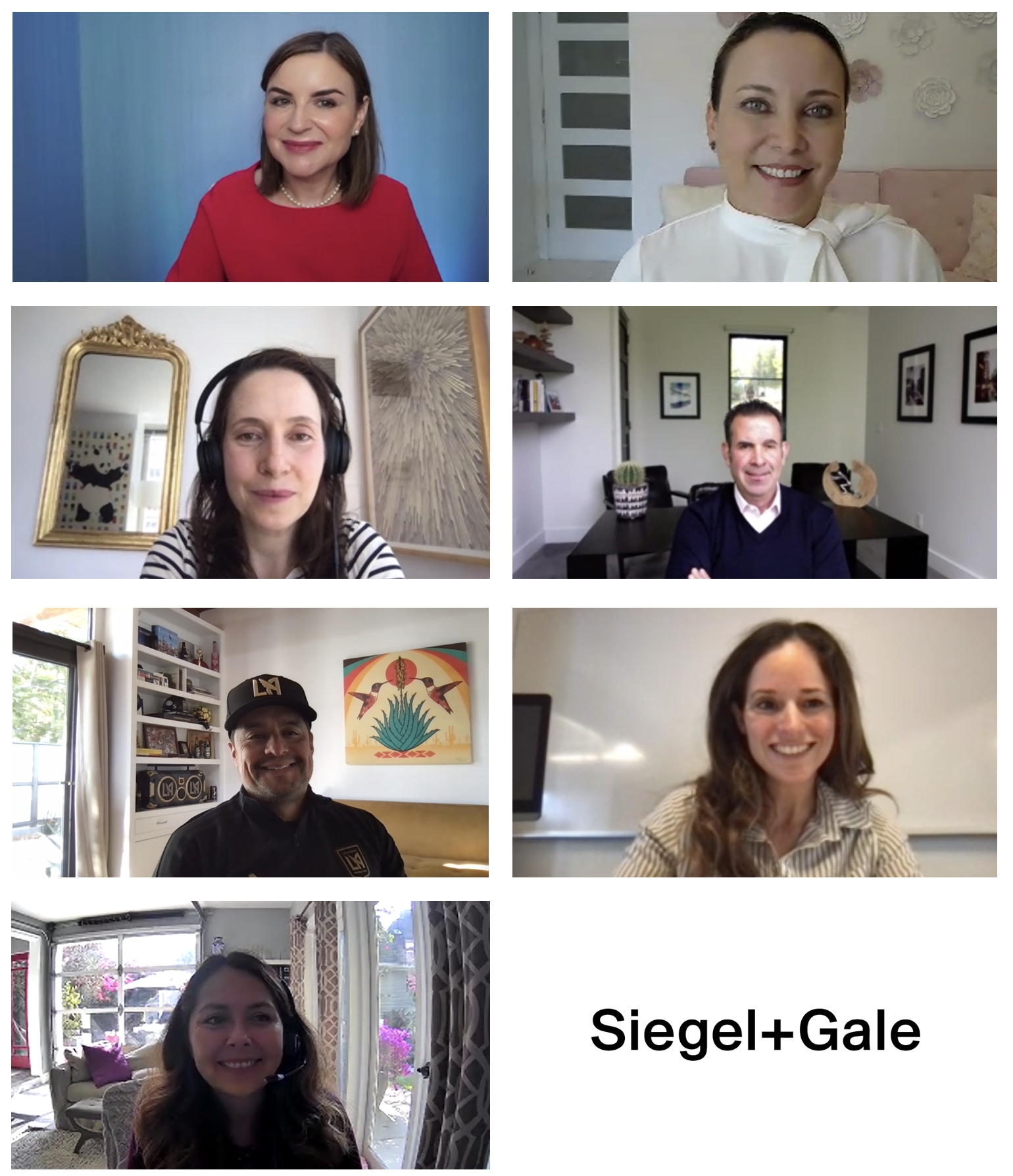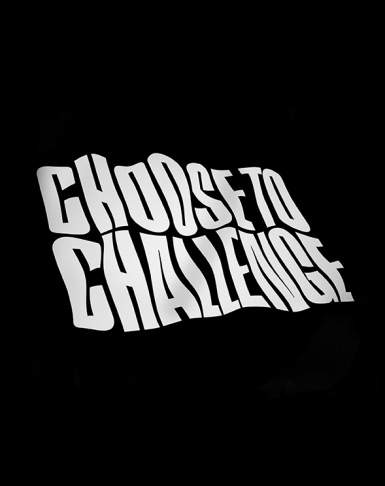On Wednesday, September 29th, I had the privilege of hosting the inaugural Hispanic Heritage and Inclusive Storytelling edition of Siegel+Gale’s Future of Branding series to commemorate Hispanic Heritage Month. Through the personal journeys of six senior brand leaders, we honored the depth and richness of Hispanic and Latino history and culture as well as their communities’ contributions to American society. And the discussion went beyond celebration to examine how brands are observing Hispanic Heritage Month.
During the conversation, we explored the significance of research in understanding the nuances of the Hispanic marketplace, infusing culture year round in a brand’s offerings, authentic storytelling that resonates with this rapidly evolving market, why DE&I is a responsibility for all marketers and the major mistake brands make when categorizing the 60.5 million Hispanics in the U.S. as a monolithic group.
In closing, I asked our six panelists, as marketing leaders, what is your commitment to inclusive storytelling, and how will you measure success? Here’s what they had to say.

My commitment, and it’s also Walmart’s commitment, is about who we hire—the directors, the actors. When we’re doing marketing, we have objectives that we want to meet to ensure that we include diversity in the input. And then, of course, in the output, we also have goals on how much we want to spend to make sure that we reach the target. That’s our commitment that we’re going to hire talent of Hispanic and Latino background and that we are going to put our money where our mouth is and spend on media that reaches them.
—Cynthia Kleinbaum, VP of Marketing, Online Grocery, Membership and Mobile Apps, Walmart
For all of us within organizations, how do we fight for a permanent space to make sure we protect everybody in our community and celebrate everyone in our community. For us at LAFC, it’s in our DNA with storytelling and content that you can be a player from a non-Hispanic country; it’s still in our DNA to celebrate that individual. Our metrics are much more anecdotal. We want our community to enter the stadium and just be talking about it. When we have a new Ecuadorian player, and I have 20 Ecuadorian fans who want to meet him at the airport, that, to me, is a metric for success. That people in L.A. know that their cultures are represented with our brand. For example, we signed our first South Korean player recently, three years into the club and it was beautiful to see the South Korean community in L.A. resonate with this player and the signing. For us, we are committed to making sure and fighting on the inside that it’s in our DNA every single day as we have our checklists in our day-to-day.
—Rich Orosco, EVP, Brand & Community, Los Angeles Football Club
To have inclusive storytelling, we need to make sure we’re continually understanding and capturing each country’s unique challenges and problems. Our solutions are very complex; it’s technology. So the only way for ABB to continue writing the future in electrification is to work alongside our partners and our customers to build that future. As a leader, my commitment is to continue putting words into action and walking the talk. Diversity is like being invited to the party, but inclusion is like being asked to dance. I want to make sure that everybody in my orbit is invited to the party and being asked to dance–and influence others to do the same.
—Liliana Torres, Global Head of Marketing Activation—Electrification Business, ABB
Our commitment with Ascension is to lead with inclusion. Last year, we set up this framework called ABIDE, which stands for appreciation, belongingness, inclusivity, diversity and equity. To your point on inclusive storytelling, we start most of our meetings with somebody telling their ABIDE story. Every meeting that I hear somebody’s ABIDE story, I go, “Wow. I did not know that.” The ability to have somebody share their story within the work setting and adding another layer of what their challenges are, what have they faced, what the impact is and then how do we relate that back, at least when I walk away, I’m like, “Okay, I didn’t know that.” How can I change behaviors to be able to address that? We feel that leading with inclusion and having an inclusive culture will lead to more workforce diversity. That will influence patient experience and then ultimately will impact our brand promise out in the market. That’s our commitment in terms of how we lead with inclusion.
—Eduardo Conrado, EVP, Chief Strategy and Innovation Officer, Ascension
From a company perspective, we tie part of our executive bonus structure to two key metrics right now. And these are key metrics that we’re starting to tie to in 2022—our internal demographics. We want to meet the national average by 2025. So, we have different benchmarks there. And it’s not just about hiring. Because if people from any group or any background don’t feel included, they’re going to leave. The talent market is just so competitive right now. It also inspires us, not just about the hiring, but also how can we make sure that they feel that they have a voice and feel that they can raise their hand and speak freely and be themselves?
And on the other side, we have specific metrics to ensure that we are driving value for historically marginalized groups. So, when our retailers, when brands, when they’re successful, we want to make sure they’re sharing our success and that we’re putting that on the forefront. When I think of my commitment, it is to continue learning and listening. When it comes to diversity equity and inclusion, it’s not an on-off. It’s a process, and it’s a progress. So for myself, it’s continuing to learn and continue to share those pieces with others.
—Gabriela McManus (Serret-Campos), SVP of People Operations, Drizly
For us in the entertainment industry, inclusive storytelling is specifically tied to bringing more people of color in front of and behind the camera. There are specific goals at WarnerMedia in terms of reaching that equity. We’re publishing one of the first entertainment industry reports on how we’re doing on those measures in terms of hiring more diverse production talent, in addition to actors and the people that you tend to see in our stories.
There are also really important conversations within our company about the storytelling of employees and making sure that we have equity for employees. We’ve been having wonderful, honest discussions about what it means to be a person of color in our company and the unconscious biases that people face. How do we make everyone more educated about the differences, how to relate, how to fight those unconscious biases so that people can be more comfortable bringing their authentic selves to work so that diversity is critical to our storytelling and our output. It’s vital that we tell authentic stories about what people are living and experiencing in this country and around the world. And we see it as critical that employees feel comfortable to be themselves, to get us there in terms of our content in the end. In both ways, there’s measurement of how many people of color are within our ranks as leading behind the scenes, and how much of our content is diverse and inclusive.
—Tania Missad, SVP, Global Research, Insights & Analytics, WarnerMedia



